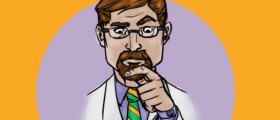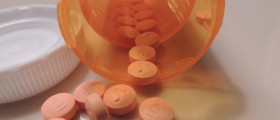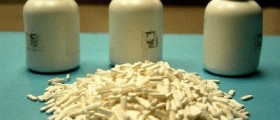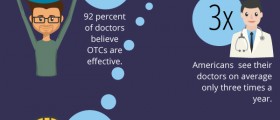
Drug abuse overdose is ingestion, application, drug, or other toxic or psychoactive substance, in quantities that are greater than generally practiced. An overdose occurs when a person consumes excessive amounts of a drug, much larger than a body can handle. As a result, the body may fall into a toxic state, which is characterized by damage to the organism caused by a toxic substance. Very often, death is an outcome of drug abuse. Sometimes, drug overdose is caused intentionally to cause self-harm and commit suicide, but many of the drug abuse cases happen accidentally, as a result of unintentional misuse of medication, psychoactive or potentially toxic substances.
Drug abuse overdose facts and figures
According to the The National Center for Health Statistics, unintentional drug overdose has doubled from 1999 to 2004. About 19,250 people have died of accidental drug overdose in the United States, only during 2004. This makes drug abuse overdose the second leading cause of death among Americans, with 8 deaths per 100,000 individuals. In 2005, more than 22,000 Americans died due to overdose.
Signs and symptoms of drug overdose
The exact signs and symptoms of drug overdose depend on the type of drug or toxin that has been used. Usually, drug overdose is associated with changes in vital signs. Body temperature, blood pressure, respiratory and pulse rates are usually increased, decreased or completely absent. A person may appear very sleepy, confused, or may even slip into a coma. Vomiting, abdominal pain, nausea and diarrhea are also very common. Patient’s skin can appear hot, cool and sweaty and hot or dry. If there are some problems with heart or lungs, patient may complain about chest pain, while the breathing becomes changed, often accompanied by shortness of breath. Vomiting blood is especially dangerous and even a life threatening sign.
Drug abuse overdose first aid
The first step to help a person is to check their airway, breathing, pulse, and other vital signs. If a person does not show any signs of life, it is important to instantly begin CPR and call medical assistance. The patient should be placed in the recovery condition, and if he or she is aware, it is important to keep the person warm and provide reassurance.
If a patient seems to be weak, pale, with blue discoloration on lips and fingernails, it is necessary to treat the patient for signs of shock. This happens when the body is not getting enough of blood flow. It is important to keep the patient warm and loosen tight clothing.
If possible, one should try to determine which drugs were taken, and when were they taken, before the medical help arrives.

















Your thoughts on this
Loading...